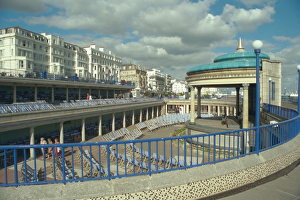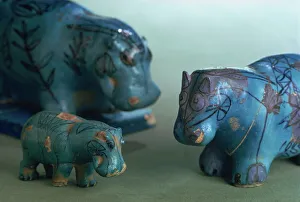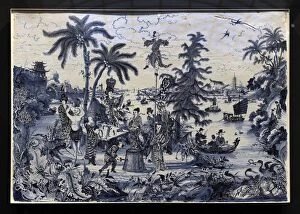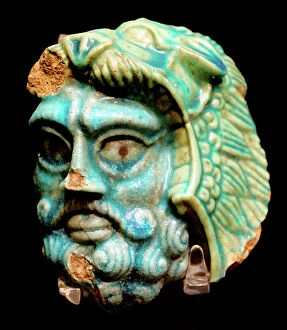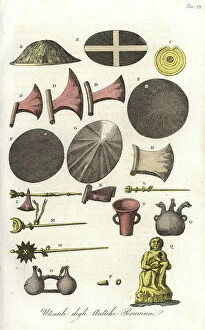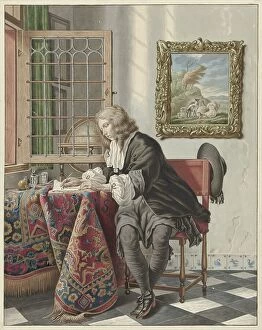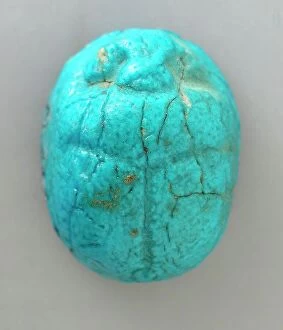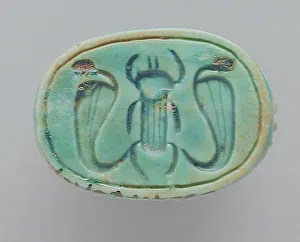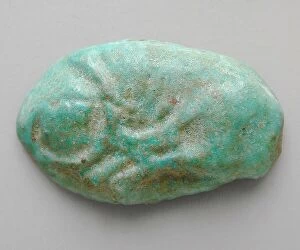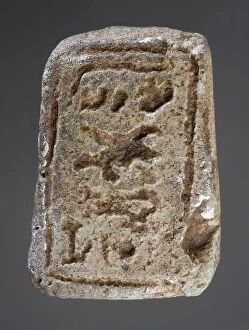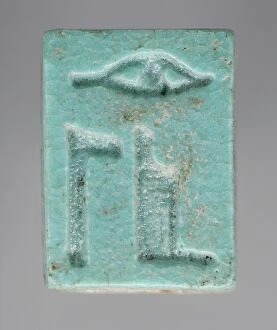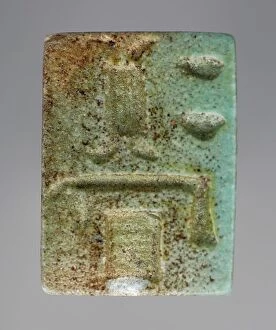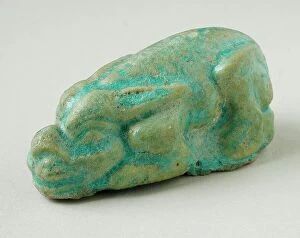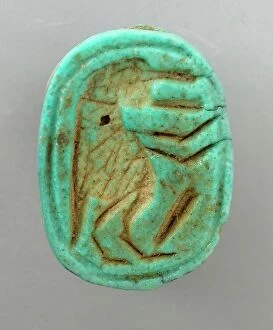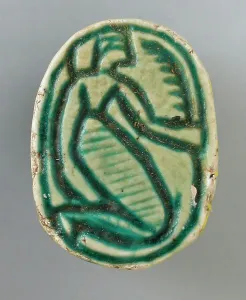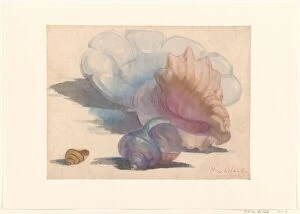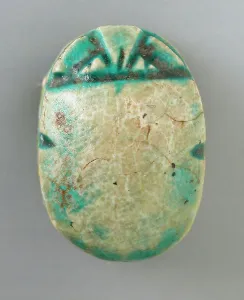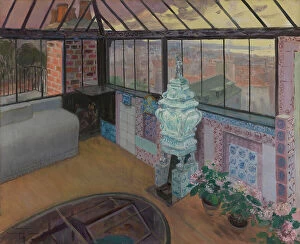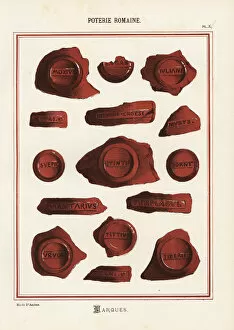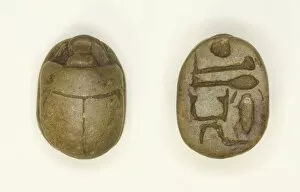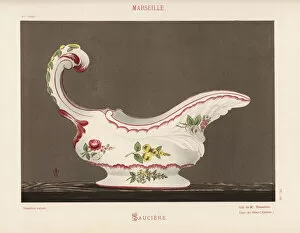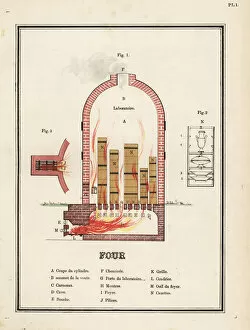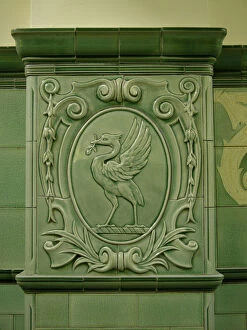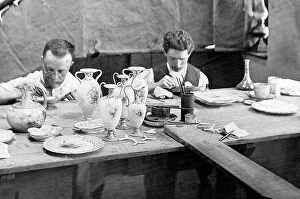Faience Collection
Faience, a timeless art form that has captivated civilizations throughout history
All Professionally Made to Order for Quick Shipping
Faience, a timeless art form that has captivated civilizations throughout history. From the grand Odeon Cinema to the charming Bandstand and Viewing Decks in Eastbourne, it has adorned architectural marvels with its exquisite beauty. Travel back in time to ancient Egypt, where faience animals from the 11th Dynasty can be admired at the Louvre in Paris. These delicate creations showcase the mastery of Egyptian artisans who skillfully crafted these intricate pieces. Step into a world of elegance with a faience plate painted with Chinoiserie decoration dating back to 1670. This stunning piece exemplifies the fusion of Eastern and Western influences during this period. Venture to Moustiers-Sainte-Marie in Provence and witness firsthand the allure pottery. The vibrant colors and intricate designs make each piece a true work of art, showcasing the rich heritage of this region. Delve into Lambeth Doulton Faience Factory's fascinating production process - from blunging and pressing clay to enamel painting, gilding, and painting. Each step reveals the meticulous craftsmanship behind every piece that emerges from their workshop during Victorian times. Marvel at Egyptian amulets like Scarab: Aakheperkara (Thutmose I), which symbolizes rebirth and protection. These small yet powerful artifacts provide insight into ancient beliefs while showcasing faience's enduring significance. Discover makers marks on Roman pottery as you explore archaeological sites across Europe. These unique stamps reveal not only skilled craftsmanship but also offer glimpses into trade routes and cultural exchanges that spanned vast empires. Faience is more than just an artistic medium; it is a testament to human creativity spanning centuries. Whether adorning majestic buildings or being treasured as personal possessions, its allure continues to captivate hearts worldwide.


